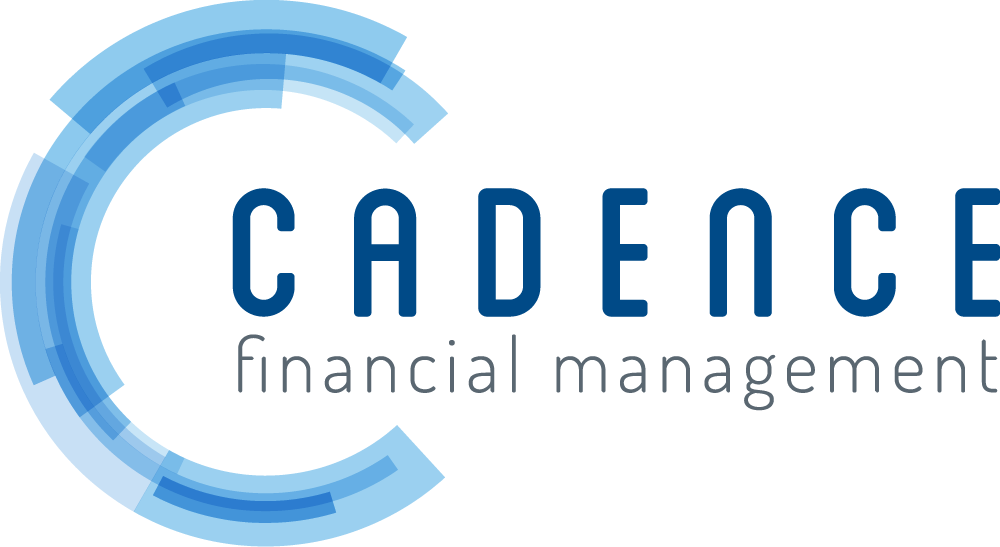The Magic Number Gap: Bridging the Divide Between Expectations and Reality
A troubling trend has emerged in the retirement planning space: The “magic number” — or amount of money Americans believe they need to retire comfortably — has surged to an all-time high, even as actual retirement savings have declined. This growing disparity or “magic number gap,” highlights a significant and escalating challenge for both participants and plan sponsors.
Northwestern Mutual’s 2024 Planning & Progress Study reveals that U.S. adults now believe they will need $1.46 million to retire comfortably, a 15% increase from the previous year’s target of $1.27 million and a jump that far exceeds the current rate of inflation. Moreover, during the past five years, this magic number has ballooned a staggering 53% from the $951,000 target reported in 2020. Meanwhile, many Americans’ actual retirement savings have failed to keep pace, widening the gap between retirement aspirations and financial realities.
Why the Growing Disparity?
Numerous factors may be contributing to this increasing discrepancy, including:
Persistent inflation. People may have increased their retirement targets in response to lingering inflationary pressures and fears that their savings will lose purchasing power over time.
Longevity and health care costs. With healthcare costs continuing to soar, individuals may anticipate needing more substantial savings to cover prolonged retirement periods and potential medical expenses.
Increased personal debt. Rising levels of personal debt — including student loans, mortgages, and high-interest credit card debt — can limit the ability to save for retirement.
Social Security uncertainty. Concerns about the long-term viability of Social Security benefits may cause people to feel they need to save more independently to ensure financial security in retirement.
What Plan Sponsors Can Do
Plan sponsors play a crucial role in helping employees navigate these challenges and help close the magic number gap. Here are some actionable strategies.
Improved financial literacy. Offer comprehensive financial wellness programs that educate employees about realistic retirement planning, long-term investment strategies, and the importance of regular retirement plan contributions.
Boosting contribution rates. Implement and promote catch-up contributions for employees aged 50 and older and consider increasing matching contributions and vesting schedules to incentivize higher savings rates.
Auto-enrollment and escalation. Introduce automatic enrollment in retirement plans for new employees and automatic escalation features that gradually increase contribution rates over time, helping employees build their savings more effectively.
Tailored retirement planning support. Provide personalized, one-on-one retirement planning sessions with financial advisors, helping employees set realistic retirement savings goals and adjust their strategies based on their circumstances.
Health Savings Accounts (HSAs). Consider the use of HSAs as part of the retirement benefits package. HSAs offer a tax-advantaged way to save for healthcare expenses, which can be a significant portion of projected retirement costs.
Emergency savings assistance. Offer pension-linked emergency savings accounts (PLESAs) to help employees manage unexpected expenses without dipping into their retirement savings or adding to burdensome credit card debt.
Communication Gap?
A person’s magic number may — or may not — accurately map to their eventual retirement needs. The rapid rise of the magic number in recent years may be more a reflection of growing economic anxiety than financial reality. While using tactics to boost retirement savings will no doubt benefit many participants, it may be equally important to provide increased communication, clarity and confidence around achievable, data-driven retirement planning goals to help reduce financial stress and enhance financial wellness.
Sources:
https://acl.gov/ltc/basic-needs/how-much-care-will-you-need
This material was created to provide accurate and reliable information on the subjects covered but should not be regarded as a complete analysis of these subjects. It is not intended to provide specific legal, tax or other professional advice. The services of an appropriate professional should be sought regarding your individual situation. The material presented was created by RPAG. Securities, investment advisory, and financial planning services offered through qualified registered representatives of MML Investors Services, LLC. Member SIPC (www.sipc.com). Supervisory Office: 16 Campus Blvd, Newtown Square, PA 19073. Cadence Financial Management, LLC is not a subsidiary or affiliate of MML Investors Services, LLC or its affiliated companies. ACR#6684265 06/24
